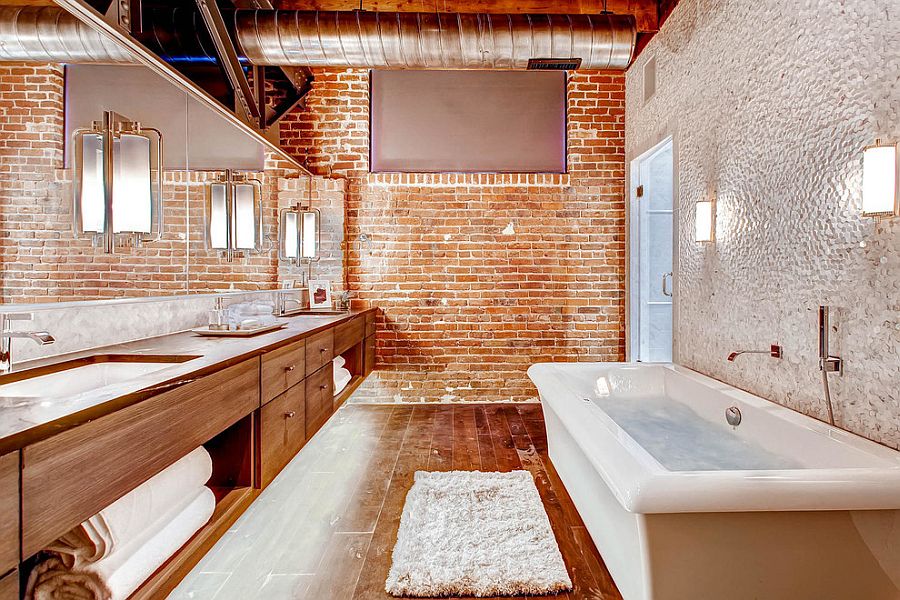In recent years, the world of bathroom technology has experienced a remarkable transformation. At the heart of this revolution are smart toilets, a marvel of modern engineering that promises to enhance our daily routines in ways we never imagined. But how do smart toilets work? What makes them so different from traditional toilets? In this article, we will explore the inner workings of smart toilets, uncovering the technologies that make them a staple in the modern bathroom.

The Rise of Smart Toilets
The concept of smart toilets is not entirely new. They've been around for a few decades, but it's in recent years that they've gained significant attention. The integration of technology in our bathrooms is not just about luxury; it's about creating a more efficient and hygienic environment. Industry QA professionals are particularly interested in how these innovations impact quality assurance in bathroom technology.
Smart toilets offer a range of features that go beyond basic flushing. From automatic lid opening and closing to integrated bidet functions, these toilets are designed to provide convenience and comfort. The question is, what technology powers these smart features?
Understanding the Technology Behind Smart Toilets
At the core of every smart toilet is a combination of sensors, electronics, and advanced plumbing systems. These components work together seamlessly to deliver a superior bathroom experience.
1. Sensors: The Eyes and Ears of Smart Toilets
Sensors play a crucial role in the functionality of smart toilets. They detect user presence and automatically activate various features. For instance, when a user approaches, sensors can trigger the lid to open, welcoming you with a touch of elegance. These sensors are often based on infrared technology, ensuring precise detection.
2. Integrated Bidet Functions
One of the standout features of smart toilets is their integrated bidet functionality. Unlike traditional toilets that require separate bidet installations, smart toilets incorporate this feature seamlessly. The bidet function can be controlled via a remote or a smartphone app, allowing users to customize water pressure, temperature, and even nozzle position. This not only enhances hygiene but also provides a personalized experience.
3. Advanced Flushing Systems
The flushing systems in smart toilets are designed for efficiency and environmental friendliness. They often feature dual-flush mechanisms, allowing users to choose between a light or heavy flush, depending on their needs. This not only conserves water but also reduces utility bills. Moreover, some smart toilets utilize pressure-assisted flushing, ensuring a powerful and thorough clean.
4. Comfort and Customization
Smart toilets are all about user comfort. Heated seats, adjustable water temperature, and air dryers are just a few of the features that enhance the overall experience. These toilets can also be programmed to remember individual user preferences, making each visit to the bathroom a tailored experience.
Quality Assurance in Smart Toilets
For Industry QA professionals, the quality and reliability of smart toilets are paramount. Ensuring that these advanced systems function seamlessly is a top priority. Regular testing and quality checks are conducted to guarantee that smart toilets meet the highest standards.
Moreover, manufacturers are continuously innovating to address potential issues. For example, backup power systems ensure that smart toilets remain operational even during power outages. This level of attention to detail is what sets smart toilets apart in the realm of bathroom technology.
To learn more about the latest trends in bathroom technology, you can visit Smart Bathroom Technology.
Future Trends in Smart Toilets
The future of smart toilets looks promising, with ongoing advancements in technology. One trend to watch is the integration of voice control. Imagine using voice commands to adjust your toilet's settings or initiate a flush. This hands-free approach adds a new dimension of convenience.
Another exciting development is the incorporation of health monitoring features. Smart toilets could potentially analyze waste to provide insights into your health, offering a proactive approach to wellbeing.
For more insights into bathroom design and technology, check out this article on Bathroom Trends 2025.
Conclusion
In conclusion, understanding how smart toilets work is not just about appreciating modern technology; it's about embracing a future where our daily routines are enhanced by innovation. As Industry QA professionals, staying informed about these advancements is crucial to ensuring the highest standards of quality and performance in bathroom technology.
For further reading on automated bathroom systems, consider exploring Automated Bathroom Systems.

Frequently Asked Questions
What are the main features of smart toilets?
Smart toilets offer features like automatic lid opening, integrated bidet functions, heated seats, and customizable settings for water pressure and temperature.
How do sensors work in smart toilets?
Sensors in smart toilets use infrared technology to detect user presence, triggering features like lid opening and bidet activation.
Are smart toilets environmentally friendly?
Yes, smart toilets often incorporate dual-flush systems and pressure-assisted flushing, which conserve water and reduce environmental impact.






